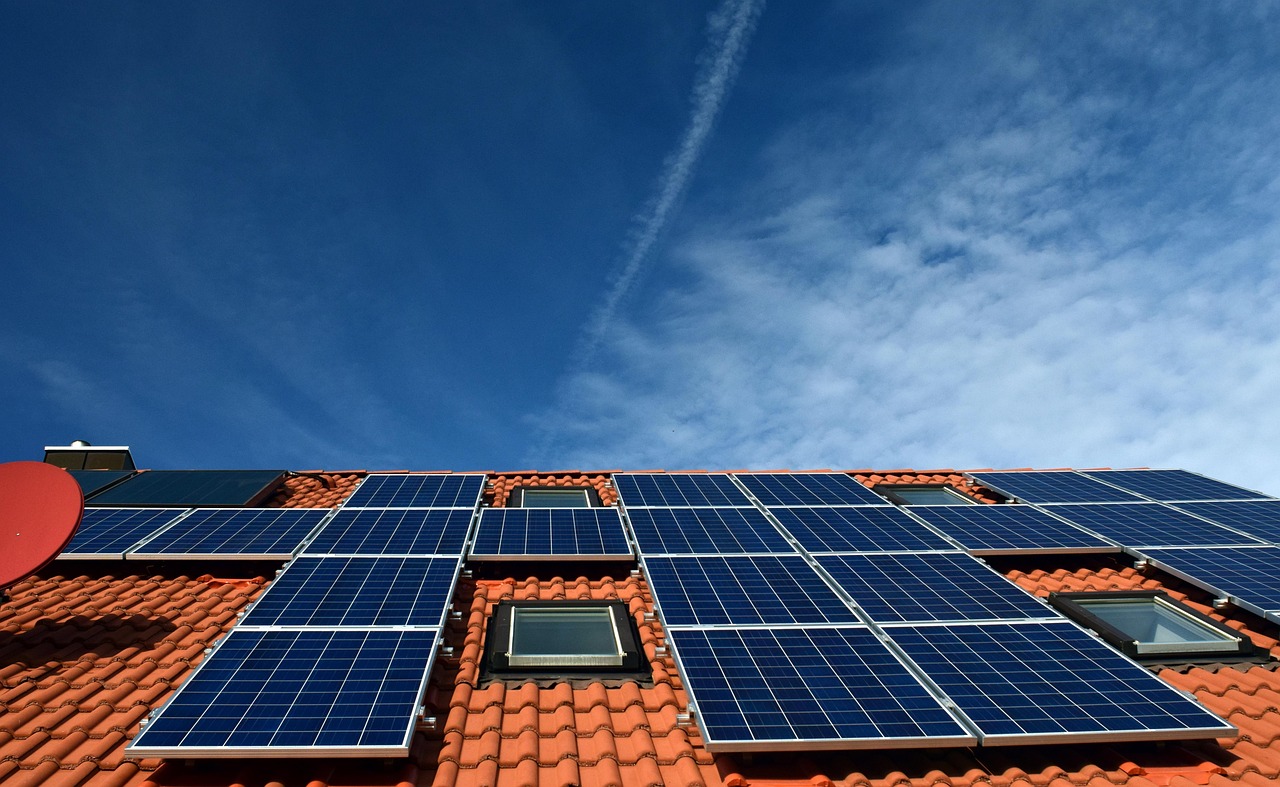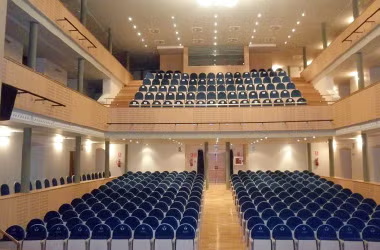Solar panel cladding is an innovative building material that integrates photovoltaic technology directly into a building’s exterior surface. It allows structures to generate clean energy on-site while serving as a protective and aesthetic facade. This dual function makes solar cladding an attractive alternative to traditional rooftop solar panels, especially in urban environments or on buildings where roof space is limited.
The technology comes in various forms, including solar shingles, panels, and even brick-like units, enabling seamless incorporation into different architectural styles. Besides energy generation, solar cladding can improve thermal insulation and reduce noise, adding functional benefits beyond electricity production.
With advancements in prefabricated systems and mounting methods, solar cladding has become easier and quicker to install. This accessibility, combined with government incentives in some regions, is driving wider adoption among architects and builders aiming for sustainable design.
Understanding Solar Panel Cladding
Solar panel cladding integrates solar technology into building exteriors, turning walls into energy-producing surfaces. It balances architectural design, energy generation, and building protection.
What Is Solar Panel Cladding?
Solar panel cladding, also known as photovoltaic (PV) cladding, is a building material that combines solar cells with exterior cladding panels. It replaces or supplements traditional siding, allowing the building facade to generate electricity from sunlight.
This technology serves a dual purpose: it forms the outer shell of a building while producing clean energy. Unlike conventional solar panels mounted on roofs, cladding panels are installed vertically on walls or facades.
Solar cladding can look like typical building materials but includes embedded photovoltaic cells. It supports energy self-sufficiency and can reduce a building’s overall energy costs.
Types of Solar Panel Cladding Systems
There are several types of solar cladding systems:
- Rigid PV Panels: Pre-fabricated panels installed as part of the facade.
- Solar Shingles: Shingle-like panels that blend with roofing and siding styles.
- Glass-Based Solar Cladding: Transparent or semi-transparent panels with embedded solar cells.
- Integrated Solar Facades: Systems built into curtain walls or modular facade units.
Each type varies in aesthetics, installation process, and energy efficiency. The choice depends on building design, budget, and energy goals.
Solar cladding can be custom-designed, offering color, texture, and size options without sacrificing performance. Some systems also provide additional insulation or weatherproofing benefits.
How Solar Panel Cladding Works
Solar cladding converts sunlight into electricity using embedded photovoltaic cells in the panels. Sunlight hits the cells, exciting electrons to create an electrical current.
The electricity generated is then routed through wiring integrated in the cladding system. This power can be used immediately, stored in batteries, or fed into the grid.
Cladding panels are mounted on the building’s exterior, capturing sunlight from vertical surfaces rather than roofs. This expands solar access, especially on tall or densely spaced buildings.
Electrical components like inverters and connectors are integrated discreetly into the facade. Installation includes panel mounting, wiring, insulation, and finishing to maintain building envelope integrity.
Benefits and Applications of Solar Panel Cladding
Solar panel cladding offers a range of practical advantages that span energy savings, environmental benefits, and architectural versatility. It transforms building exteriors into productive surfaces while maintaining structural function and aesthetics.
Energy Efficiency and Cost Savings
Solar panel cladding generates electricity directly from sunlight, reducing reliance on grid power. This leads to lower energy bills and can provide long-term financial benefits through decreased utility costs.
Buildings with integrated photovoltaic cladding often achieve higher energy efficiency ratings. Some designs include insulation benefits, improving thermal regulation and further lowering heating and cooling expenses.
Installation of these systems can be faster when using pre-fabricated facade solutions. This reduces labor costs and shortens project timelines while ensuring consistent panel performance and durability.
Sustainability and Environmental Impact
By converting building surfaces into solar energy generators, solar panel cladding reduces fossil fuel consumption. This decreases greenhouse gas emissions associated with traditional power sources.
The integration of photovoltaic materials in facades minimizes additional land use since the system uses existing building space. This smart use of urban environments supports sustainable development.
Many solar cladding options use recyclable materials and avoid harmful chemicals. Their deployment contributes to cleaner energy transition efforts without sacrificing architectural integrity.
Design and Architectural Integration
Solar cladding is available in diverse forms such as thin-film panels, crystalline silicon, and building-integrated photovoltaics (BIPV). This variety allows seamless incorporation with different building styles.
It enhances facade aesthetics by offering customizable shapes, colors, and textures. These design flexibilities ensure that buildings maintain a modern look while generating energy.
Modules can replace traditional facade materials like glass or metal panels. This dual function supports both structural weather protection and energy production without compromising the building envelope.



Leave a Reply